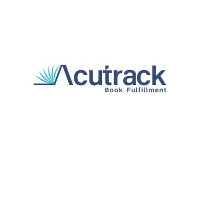When considering self-publishing a book, authors often weigh the option of print-on-demand. While this method eliminates the need to invest in inventory and provides a printing and book fulfillment service, there are trade-offs to consider. Print-on-demand may limit profit margins and restrict access to customer data. Alternatively, authors can choose to make a minimal investment in printing books in advance and work with a fulfillment house to handle orders. It allows them to sell books from any eCommerce store and also list their books on platforms like Amazon while retaining control over sales.
This approach presents opportunities for upselling and building a list of email addresses for promotional activities. The decision between print-on-demand and conventional printing also depends on the specific requirements of the book. Traditional printing offers a wider range of options, such as binding choices and add-ons like embossing or lamination, which help books making a branding statement. Access to these options can also enhance competitiveness in the market. Despite the rise of eBooks and audiobooks, physical copies remain popular, with over 80 percent of book buyers preferring them.
Therefore, authors should ensure that their books are available in the right format to cater to reader preferences. Quality is also essential to compete effectively in the market alongside traditionally printed books. Authors should also consider the impact of format choice on marketing and selling their books. For instance, knowing who purchased their books and understanding their interests can be crucial for developing tailored marketing campaigns and engaging with readers effectively. It can also impact building and maintaining a dedicated fan base -- having access to more printing options can be vital.
Furthermore, it's important to acknowledge that the success of self-published books hinges on their availability in the preferred format and quality. Authors need to ensure that their books are on par with traditionally printed books in production value, content, and appeal to readers. It includes factors such as cover design, interior layout, and print quality, all of which contribute to the reading experience for consumers. By carefully considering their options and making informed decisions about printing and distribution, authors can position themselves to navigate the self-publishing landscape effectively.

